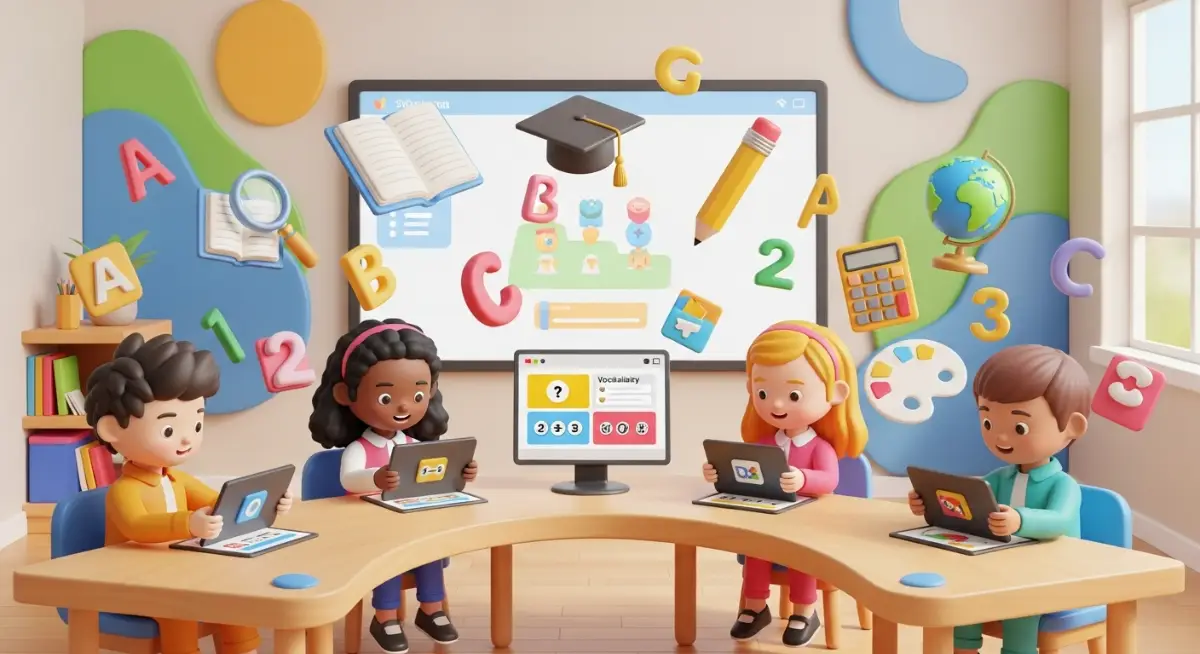The Government of India is set to introduce sweeping reforms in the public distribution system (PDS) in 2025, including a proposed ₹1000 monthly benefit for ration card holders and major updates to eligibility verification, Aadhaar linking, and digital monitoring.
These new ration card regulations aim to tighten transparency, eliminate duplicate cards, and ensure subsidized food grains reach only the genuinely deserving families across the country.
Centre Plans Major Updates to Ration Card System
The Ministry of Consumer Affairs, Food and Public Distribution has been working on a series of regulatory updates to modernize the PDS framework. Under the New Ration Card Regulations 2025, the government will make Aadhaar authentication mandatory, verify income levels regularly, remove ineligible beneficiaries, and update family records to ensure fair distribution.
Officials say these changes are essential to support smoother implementation of welfare schemes and to prevent misuse by individuals holding fake or duplicate ration cards.
Overview of New Ration Card Regulations 2025
| Category | Details |
|---|---|
| Applicable Year | 2025 |
| Implemented By | Ministry of Consumer Affairs, Food and Public Distribution |
| Purpose | Transparency & Correct Identification |
| Requirements | Aadhaar linking, income verification, updated family details |
| Beneficiaries | BPL, APL, Priority Households, Antyodaya families |
| Application Method | Online/Offline (state-specific) |
These reforms apply to all states and Union Territories, although each state may announce additional rules based on local requirements.
Key Changes Under the New Ration Card Rules
The new rules emphasize building a cleaner and more reliable beneficiary database. Key updates include:
1. Mandatory Aadhaar Linking
Every member listed on a ration card must complete Aadhaar authentication to prevent duplication.
2. Regular Income Verification
States will verify income records periodically to ensure only eligible families receive subsidized grains and the proposed ₹1000 monthly benefit.
3. Removal of Duplicate Cards
Fake, inactive, or duplicate ration cards will be cancelled to reduce misuse of the PDS.
4. Mandatory Family Updates
Families must update details like births, deaths, marriages, or address changes.
5. Stricter Verification for Migrants
Migrant households using One Nation, One Ration Card (ONORC) will undergo stricter checks to prevent double benefits.
6. Digital Monitoring of PDS
New digital dashboards and AI-based monitoring tools will track distribution in real-time.
7. Biometric Authentication
All ration shops will use biometric verification for fair distribution.
Who Must Follow the New Ration Card Regulations?
The 2025 rules apply to all ration cardholders, particularly:
- BPL (Below Poverty Line) households
- Priority household (PHH) beneficiaries
- Antyodaya Anna Yojana (AAY) families
- Migrant workers under ONORC
- Newly married couples applying for fresh ration cards
- Families making corrections or modifications
- National Food Security Act (NFSA) beneficiaries
Benefits Under the Updated 2025 Rules
The new changes are expected to streamline ration delivery and reduce corruption. Key benefits include:
- Fair & accurate distribution of subsidised grains
- Elimination of duplicate ration cards
- Faster processing of updates and corrections
- Better access for migrant households
- Transparency through digital PDS
- Smooth disbursement of the proposed ration card ₹1000 benefit
Officials believe these reforms will significantly improve access to welfare benefits for genuine, low-income families.
Documents Required Under the New Regulations
Families should keep the following documents ready:
- Aadhaar card (all members)
- PAN card (if applicable)
- Residence proof (electricity bill, rental agreement)
- Income certificate
- Passport-size photos
- Existing ration card
- Birth/marriage certificates
- Death certificates for family updates
How to Update Your Ration Card Under the 2025 Rules
Families needing updates or corrections can follow these steps:
- Visit your state’s official ration card portal.
- Select the “Update/Correction” option.
- Enter ration card number and Aadhaar-linked mobile number.
- Add or modify details such as address or family members.
- Upload required documents.
- Submit the form for verification.
- Visit the ration office if physical verification is required.
- Track your application status online.
- Download the updated ration card after approval.
Applying for a New Ration Card Under 2025 Regulations
New applicants must follow these updated rules:
- Submit accurate income details
- Ensure Aadhaar is linked for all members
- Provide clear document copies
- Complete biometric verification
- Await verification by the ration officer
- Download the digital ration card after approval
Impact on Ration Distribution
These new regulations will improve the delivery of rice, wheat, sugar, and other essential commodities. With biometric verification and Aadhaar-based authentication, fraudulent withdrawals will decrease drastically.
The One Nation, One Ration Card system will continue enabling migrant families to receive ration benefits anywhere in India.
The expected rollout of the ₹1000 monthly benefit for ration cardholders will further strengthen the financial safety net for economically vulnerable households.
FAQs
Q1. What is the purpose of the new ration card regulations 2025?
To ensure only eligible families receive subsidized grains and benefits, including the proposed ₹1000 assistance.
Q2. Is Aadhaar linking mandatory for ration cards?
Yes, Aadhaar is compulsory for every member.
Q3. Can ration card details be updated online?
Yes, most states offer online correction services.
Q4. What documents are needed?
Aadhaar, income certificate, address proof, photos, and supporting certificates.







